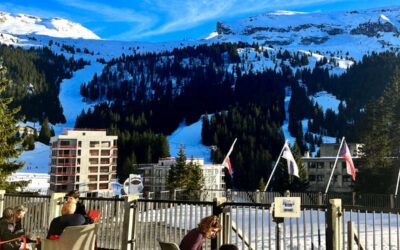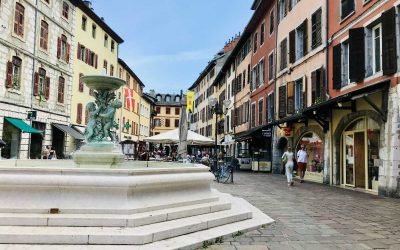Lyon is the city that most Parisians dream of moving to. The capital of the Rhône Alpes has plenty of french charm, better weather than Paris, and is close to the Alps mountains and central forests. There are plenty of things to do in Lyon, to convert even the most-ardent Parisian.
And when you add that the Lyon is famous for being the gastronomical capital of France, there are even more reasons to visit the city and spend some time here.
In addition, if you are spending a week or so here, and there is even more to do in the surrounding area if you have the time to spare. There are several excellent daytrips within 2-3 hours of Lyon. So with that, here are the best things to do in the city of Lyon. Allons-y!
- History of Lyon
- Things to do in Lyon
- 1. Vieux Lyon
- 2. Ancient theatre of Fourvière
- 3. Gallo-Roman Museum of Lyon-Fourvière
- 4. Fresque des Lyonnais
- 5. The Quai
- 6. Les Halles de Lyon Paul Bocuse
- 7. La Presqu'île Lyon
- 8. Cathédrale Saint-Jean de Lyon
- 9. Eat a quenelle
- 10. The River cruises
- 11. The Triperie
- 12. Musée Des Beaux-Arts
- 13. The hills of the Pentes de la Croix Rousse
- 14. The Lyonnaise Bouchon
- 15. Tarte Lyonnais
- 16. Go on a wine-tasting
- 17. Aqueduc du Gier
- 18. Temple of Augustus and Livia in Vienne
- How to get to Lyon?
- How many days should you spend?
- How easy is it getting around?
- Where to stay?
History of Lyon
History tells us that it was Lyon that was the capital of Roman Gaul (as France was then known), the most important city in this part of Europe. In the time before Christ, 43 BC, the city was known as Lugdunum.
The Roman Empire had invaded and considered it so important that 2 future Roman emperors were born here, Claudius and Caracalla. If you ever read the Asterix and Obelix comics, our intrepid Gauls had several adventures in Lugdunum, trying to outwit the Romans.
Even after the fall of the Roman Empire, the city remained a strategic and important hub. During the Middle Ages and the Renaissance, it flourished as a printing and publishing center, and Lyonnais silk became famous all over Europe.
Today it is the 3rd largest city in France, after Paris and Marseille. Being right in the middle of France, it is an important economic center, attracting tourists and visitors from all over the world.
Things to do in Lyon
1. Vieux Lyon
Vieux Lyon, the historic Renaissance district, is one of the largest old quartiers in Europe. Narrow streets opening up into large squares, wandering through almost feels like you have teleported back to the Middle Ages. This is where the rich merchant families from across Flanders, Germany, Italy and other parts of France settled to trade their wares in silk and other luxury goods.
Visit its historic Cathedral of St Jean which began construction in 1180 on the ruins of a 6th-century church. Look inside for its beautiful astronomical clock from the 14th century.
You can also try to find the Traboules, Lyon’s secret passageways. Most of these are private residences, however, so I would recommend taking a guided tour to hear the history and the stories behind them. You could also take a haunted tour, if you are not afraid 😉
2. Ancient theatre of Fourvière
Since the city used to be a Roman Colony, many traces of that Empire remain, including the Ancient Theatre of Fourvière. Roman architecture and influence stands out all across the city and most prominently in these two ancient Roman theatres located in the Fourvière area.

The larger of these is the oldest Roman theatre in France, dating back 2000 years. This ancient theatre of Fourvière had space for 10,000 people – you can imagine the grandeur of the events that were held here! The Romans were known for indulgence and this is a prime example of it.
This ancient theatre was restored in the last century and is now a UNESCO World Heritage site. It is used as a venue for popular events such as operas, dances, and musical festivals. With an expansive view out to the city, it is a beautiful location to visit.
The smaller theatre, Odeon was built for smaller events such as recitals. The remains of this theatre are very well maintained and you can see the beautiful marble floors.
Located within walking distance of the famous Basilica of Notre-Dame de Fourvière, these theatres are easy to reach. You could either walk up from the old town (Quartier Saint-Jean and Quartier Saint-Georges areas) though that includes a steep flight of stairs or you could take the Fourvière funicular from St Just.
✎ Photo and Contribution by: Smita | My Faulty Compass | Facebook
3. Gallo-Roman Museum of Lyon-Fourvière
Along with the ancient Theatre of Fourvière, there is also a modern building housing the Gallo-Roman Museum (one ticket gets you access to both). Similar to the National Roman Museum in the center of Rome, this fascinating museum containing many priceless artifacts from Lyon’s ancient past.

These include mosaics, sculptures and intricately carved sarcophagi, as well as jewelry and other everyday objects. The most famous of the mosaics on display is the one known as the Circus Games Mosaic, which features a rare depiction of a chariot race in a Roman circus.
Inside the museum, you’ll also find scale models of many of Lugdunum’s most important buildings as they would have looked in ancient times. The museum is open from 11 am to 6 pm Tuesday to Friday and 10 am to 6 pm on Saturday and Sunday. Entry is free on Thursday and a very reasonable 4 euros on other days of the week. Audioguides are available free of charge.
✎ Photo and Contribution by: Wendy Werneth | The Nomadic Vegan | Instagram
4. Fresque des Lyonnais
There are over 150 fantastic murals scattered across the city of Lyon, but La Fresque des Lyonnais stands out, not just for its monumental size, but also for its depiction of 30 of Lyon’s most celebrated residents.
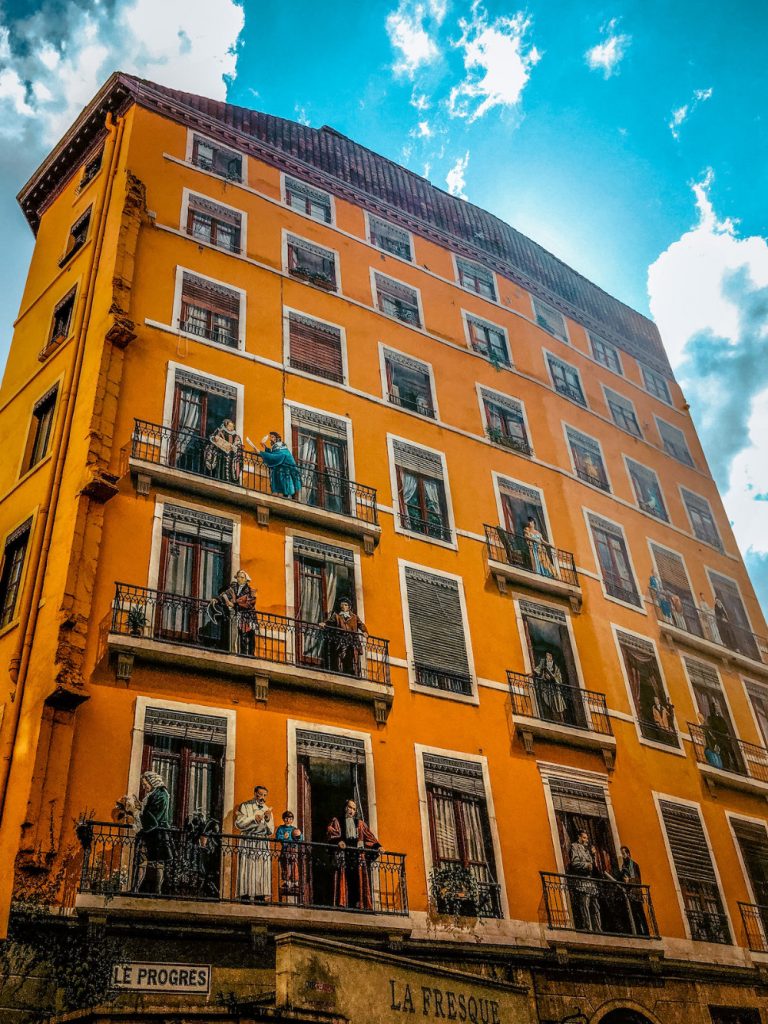
It’s a grand tribute to the Lyonnais who made a mark on the city and the world, through art, technology, science and more. Look out for lifelike figures, both historical and contemporary on the mural.
You’ll find Antoine de Saint Exupéry, the author of Le Pétit Prince, the pioneers of cinema, the Lumiere brothers, and of course, Paul Bocuse, the father of gastronomy, to name a few.
The fresco was created by the artist collective, Cité Création, in the mid-1990s, to revitalize one of the city’s busiest intersections. It took 9 months to complete the massive mural, but when complete, it transformed 2 sides of a windowless building, into a colorful trompe l’oeil painting. It now attracts over a million visitors every year.
To find the Fresque des Lyonnais, head to the 1st arrondissement, and go to the corner of 2 Rue de la Martinière and 49 Quai Saint Vincent. Visit in the morning hours to see it in its best light, before the sun sets behind the building.
✎ Photo and Contribution by: Shelley | Travel-Stained | Pinterest
5. The Quai
Whether you’re exploring the hidden streets, out for a drink, or getting pictures that will rival even some of the best Instagram spots in Paris be sure to stop and refuel at Glacier Terre Adélice for some of the best ice cream in Lyon.
This ice cream and sorbet shop prides itself on all-natural flavors. It offers vegan and nondairy options which are clearly marked on their menu. The locals love it too and on a warm summer evening, you’re sure to find a long line. But fear not, it’s completely worth the wait! It’s even worth going out of your way to get a scoop of what is easily some of the best ice cream in France.
You’ll find flavors that are standards like lemon and coconut but it’s definitely worth trying their more unique flavors like peach and rose. Take a stroll and enjoy it by the banks of the river.
✎ Contribution by: Alysa | Voyaging Herbivore | Instagram
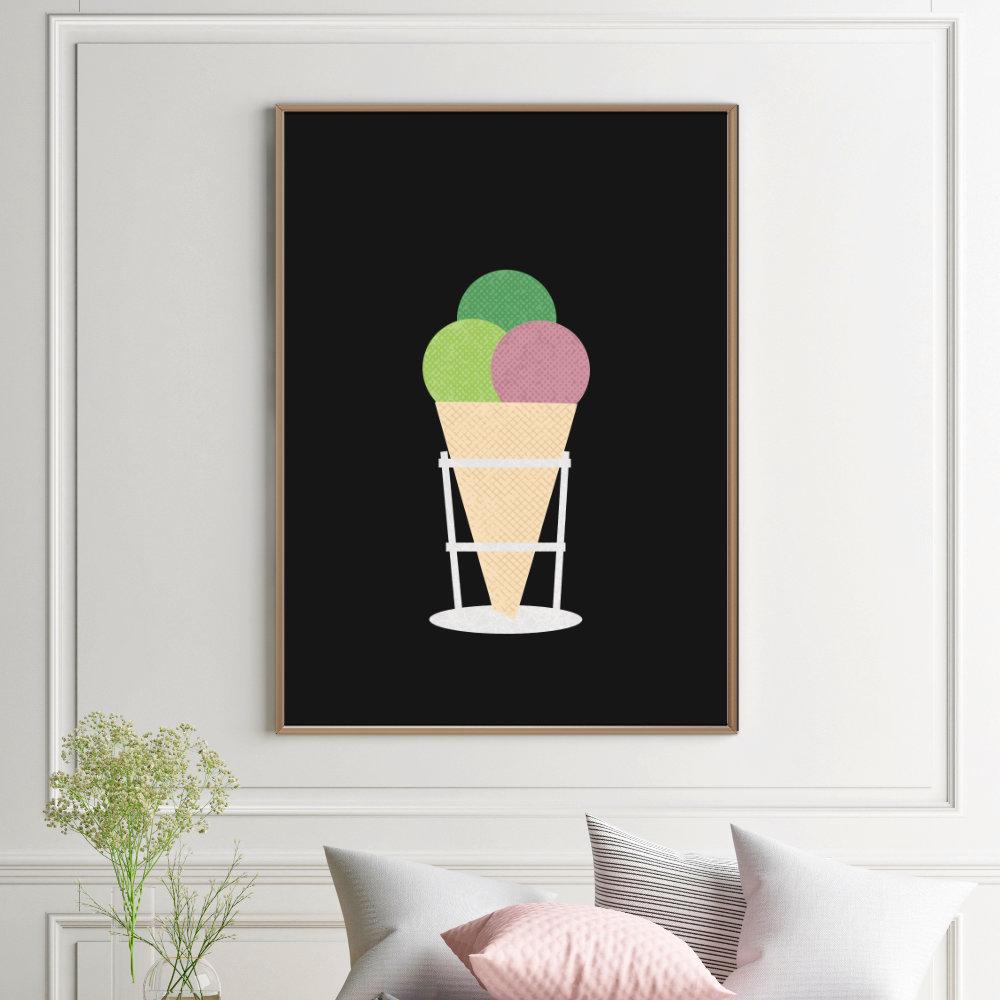
6. Les Halles de Lyon Paul Bocuse
One of the reasons that Lyon has become a capital of gastronomy is because of famed French chef Paul Bocuse. Known for his innovative approach to French cuisine, the chef who died in 2018 made the city his home base.
He inspired chefs from all over the world to travel to Lyon to learn his techniques, opening a culinary school in the area. His family today still runs a series of restaurants and brasseries here.
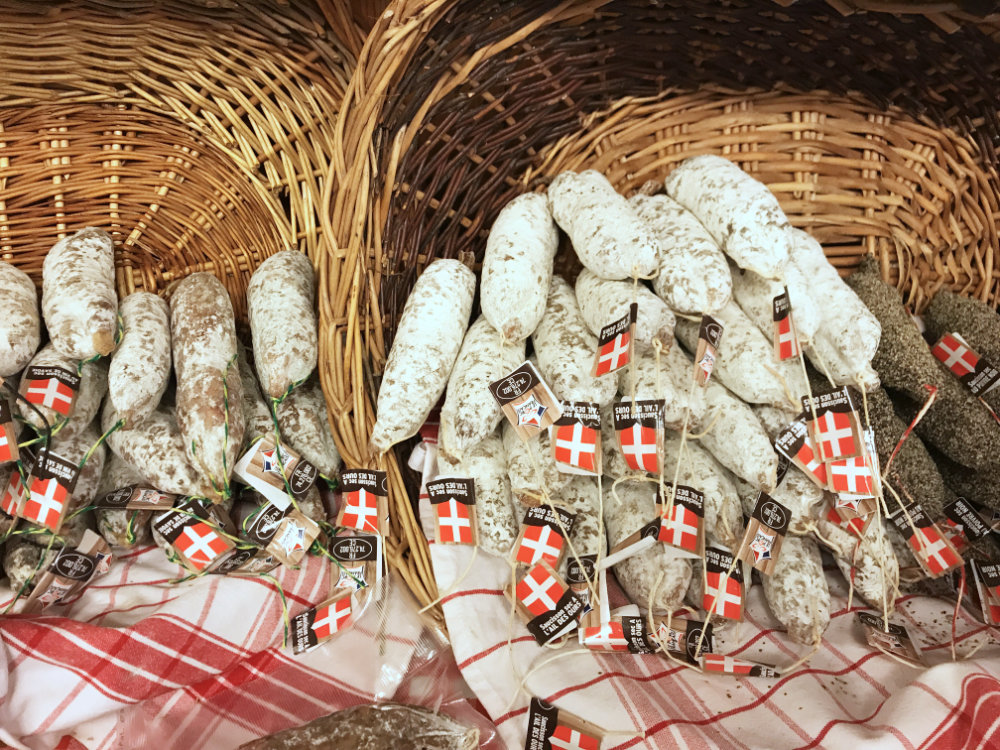
In order to find the finest ingredients for his Michelin star restaurants, Bocuse lent his name to the Halles de Lyon, a large indoor food market that first opened in 1971. More than a farmers’ market in France, it is an epicerie fine with artisan meats, seafood, cheeses, wines and more.
If you are a food gourmand, you cannot miss visiting the Halles, and trying a few of their delicacies. If you are not sure what local specialties to taste, I recommend booking a tour.
7. La Presqu’île Lyon
A small sliver of land between the rivers Rhône and Saône, that is today one of the most expensive parts of the city. La Presqu’île which translates to “almost island”, is a man-made isle that was created as part of a large18th-century urban engineering project to drain the marshes.
It is the “place to be” in Lyon, a district of gorgeous 19th-century architecture, elegant plazas, high-end shops and more. There are also several restaurants, cafes, bars, and nightclubs, if you are looking for a place to go out.
The city’s masterpiece Opera house and Mairie (city hall) are also located here. Top streets to visit are Rue Mercière for food and Rue de la République for high-end shopping.
8. Cathédrale Saint-Jean de Lyon
Like the other cathedrals around France of that era, construction for the historic Cathedral of St Jean began in Lyon in 1180 on the ruins of an earlier 6th-century church. The cathedral was founded by Saint Pothinus and Saint Irenaeus, the first two bishops of Lyon.
The cathedral is dedicated to Saint John the Baptist, and is the seat of the Archbishop of Lyon. Inside you can see its beautiful astronomical clock which dates back to the 14th century.
It is not only a Roman Catholic church, but also the Primate of Gaul. The city of Lyon the capital of Roman Gaul (as France was then known). The title is hononary, and means tha tit ranks 1st over over all the other cathedrals of France of the four ecclesiastical provinces of 1079 which were Lyon, Rouen, Tours and Sens.
The cathedral was heavily damaged several times, including the wars of religion in 1562, the 1789 French Revolution, the siege of Lyon in 1793, and WWII.
9. Eat a quenelle
Lyon is famous for a particular delicacy called the quenelle. It is a type of dumpling, usually combined with egg and breadcrumbs or flour and served in a crayfish, béchamel, or cream sauce.
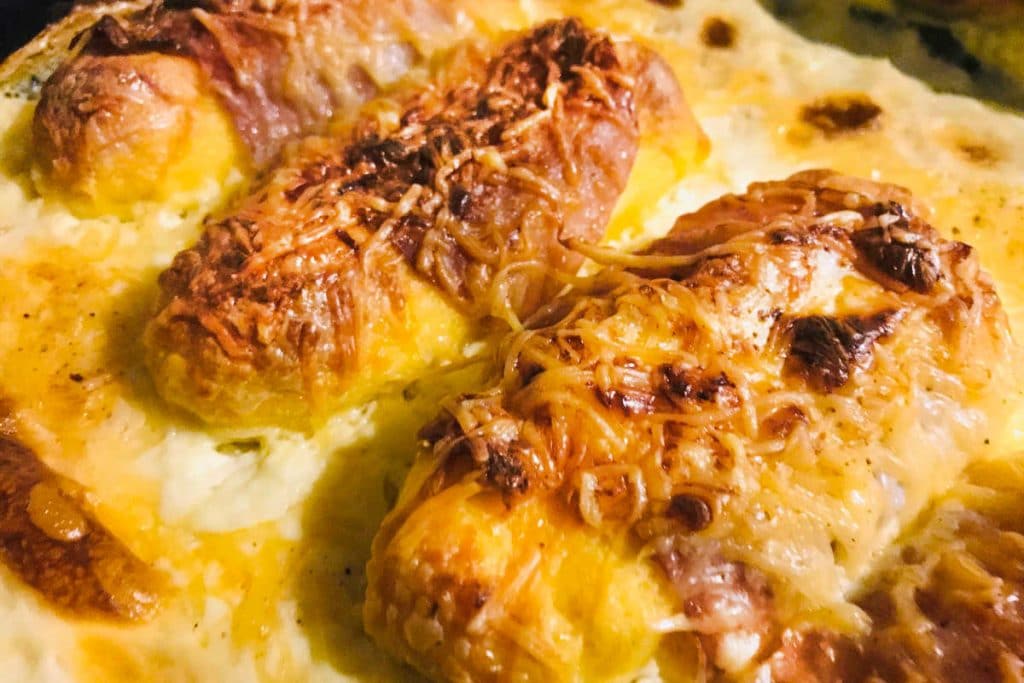
Quenelles can be made from fish or other meats, such as liver or bone marrow. You can read more about quenelles here.
10. The River cruises
If you are not content to just walk along the Quai, why not take a boat cruise on the River Saone. It is a wonderful way to see the city, and there are options from an easy hour-long cruise, to gourmet lunches or dinners, depending on what you fancy.
The one-hour sightseeing cruises depart from near Place Bellecour, the boat landing opposite 2 Quai des Célestins. This is on the left bank of the Saone at the foot of the Passarelle du Palais de Justice.
The lunch and dinner cruises depart from the left bank of the Rhône river, at the foot of the University Bridge opposite 16 quai Claude Bernard.
11. The Triperie
If you like organ meats (known as les abats or la triperie) there is a lot of variety in Lyon. Everything from beef and chicken guts, to livers to cheek jowels, is served as a French delicacy.
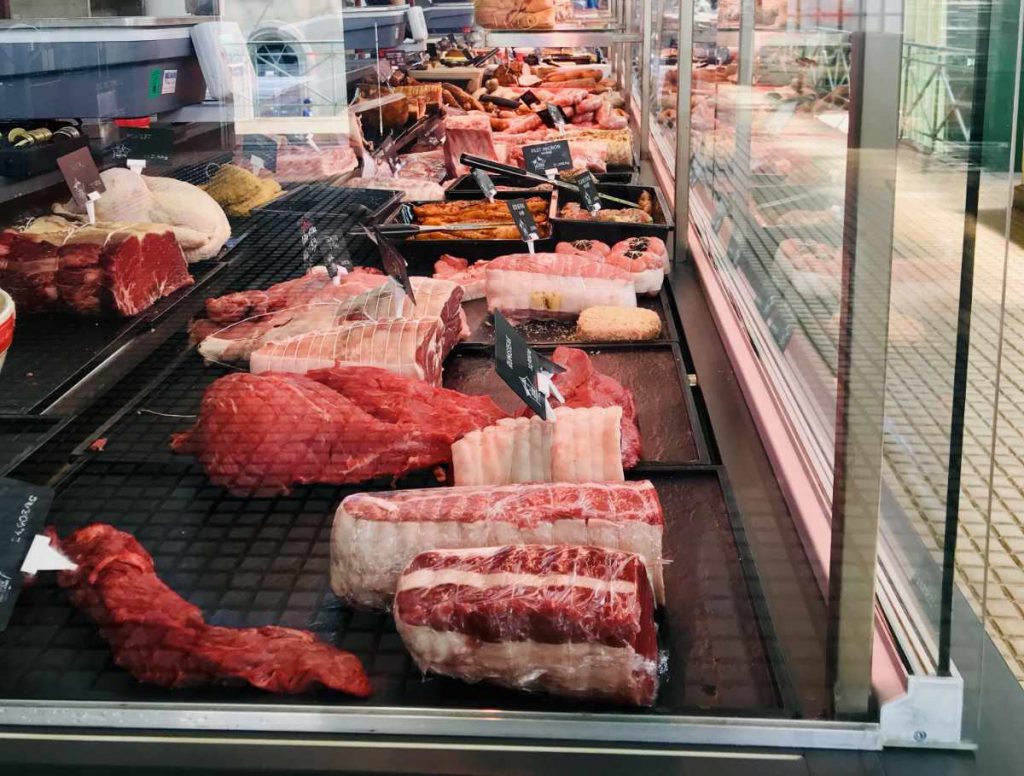
For adventurous eaters (and those with a bigger budget) head over to Paul Bocuse’s Michelin star restaurant and try his famous stuffed chicken bladder dish.
12. Musée Des Beaux-Arts
This is Lyon’s answer to the Louvre Museum. Housed in a former abbey from the 1600s, the Musée des Beaux-Arts has everything from paintings to sculptures from all over the world. There are displays of Egyptian and Oriental antiquities, as well as more modern renaissance and impressionists works of art.

Some famous artists include names like Van Gogh, Degas, Renoir, Cézanne, Canaletto, Picasso, Rembrandt, Renoir and Manet.
The museum also is open every day, except tuesdays and holidays, from 10h30. Please note that certain rooms are closed for the lunch hour, between 12h30-14h, so plan your visit accordingly.
13. The hills of the Pentes de la Croix Rousse
Visit the Pentes de la Croix Rousse, which is one of the liveliest and picturesque parts of the city. Built on steep hills, this area is in the center of Lyon and is dotted with many tiny shops, cafés and brasseries.
With beautiful old architecture and cobblestone streets, it gives the feeling of a small village in the middle of a large city.
14. The Lyonnaise Bouchon
Bouchon in French translates to “cork”, but a Lyonnaise Bouchon is actually a type of restaurant. It is meant to signify small family-owned restaurants that are local to the city.
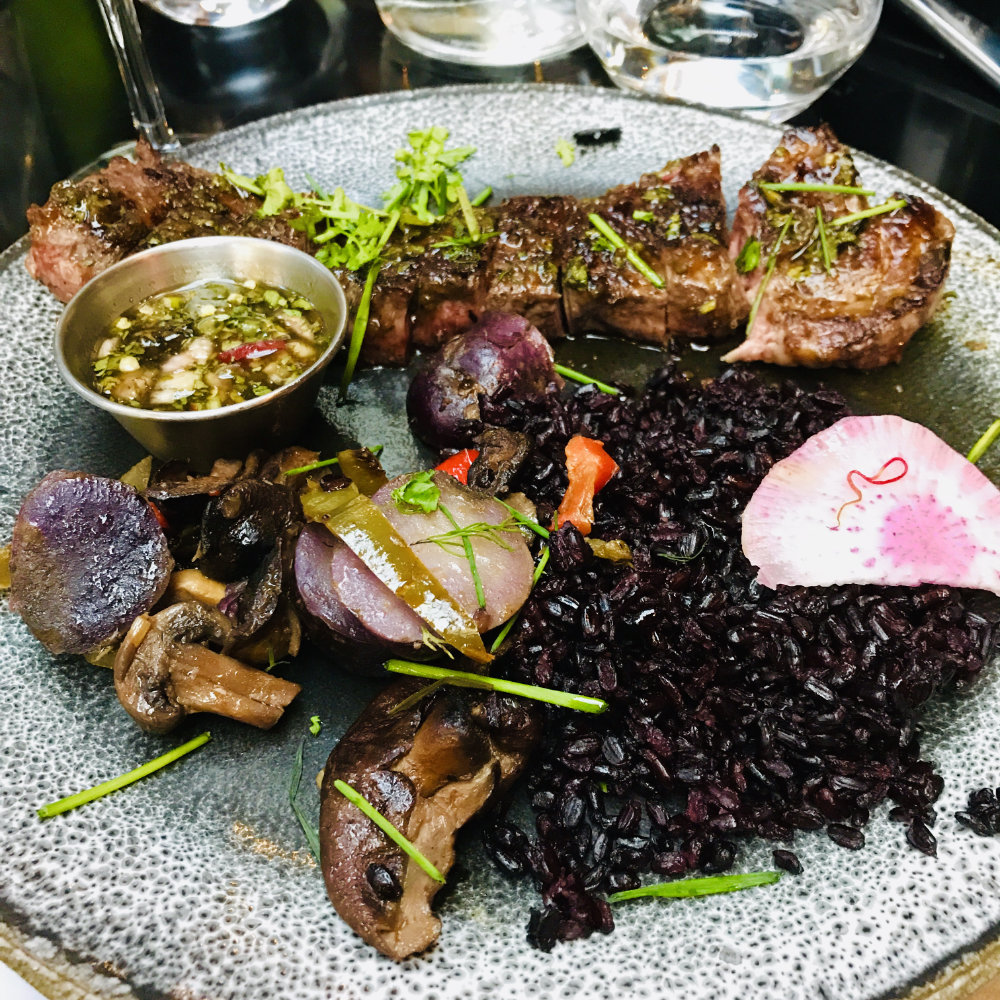
In the 17th century, these were tiny taverns or inns where silk merchants stopped during their trade route to have a meal, rest their horses, and, maybe stay overnight. The name comes from a 16th-century french expression for a bunch of twisted straw used to clean the horses.
These days, the bouchons are famous for their hearty meals and traditional dishes. You can find a list of official Lyonnaise Bouchons here.
15. Tarte Lyonnais
There are many local delicacies in Lyon, but my favorite is the Tarte Lyonnais. It is a pink praline tart that is served as dessert. It is generally available everywhere, especially if you dine at a Lyonnaise Bouchon.
16. Go on a wine-tasting
Lyon is right next to the Beaujolais wine region, so why not go on a wine tasting? The Beaujolais area produces some of the most exported wines in the world.
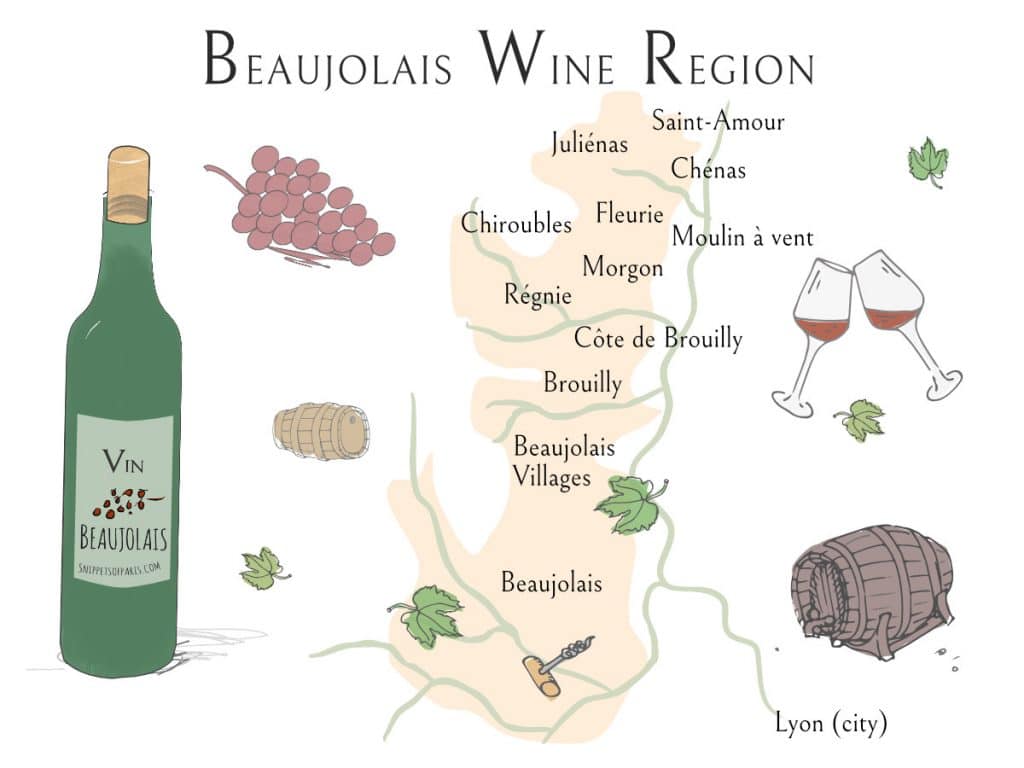
The Beaujolais is usually a light red wine made principally from Gamay grapes, compared to nearby Burgundy which uses the Pinot Noir and Chardonnay grapes.
The Beaujolais wines are low in tannins and are light-bodied, making them easy to pair with many dishes. You can read more about Beaujolais wines here and see tours that take you to wine-tastings (with a designated driver)!
17. Aqueduc du Gier
The Aqueduct of the Gier is an ancient Roman aqueduct that was constructed in the 1st century AD to provide water for Lugdunum (Lyon). It is the longest and best preserved of four Roman aqueducts that used to serve the city.
18. Temple of Augustus and Livia in Vienne
About 40 minutes south of Lyon is the small town of Vienne in which sits the ancient Temple of Augustus and Livia. It was built in the 1st century and dedicated to the honor Roman Emperor Augustus and his wife Livia. It is quite similar in style to the Maison Carré in Nimes.
After the fall of the Western Roman Empire and the Christianization of Gaul, the temple became a parish church until the 1789 French Revolution. From 1792, the church became the temple of Reason, then a commercial court, then the museum and then a library. It finally in the 19th century, after 28 years of work, the building regained its look of Roman temple.
How to get to Lyon?
Lyon has a large international airport that is accessible from all over Europe and the world. There are also high-speed train TGV links from Paris, London, Amsterdam and other big European cities.
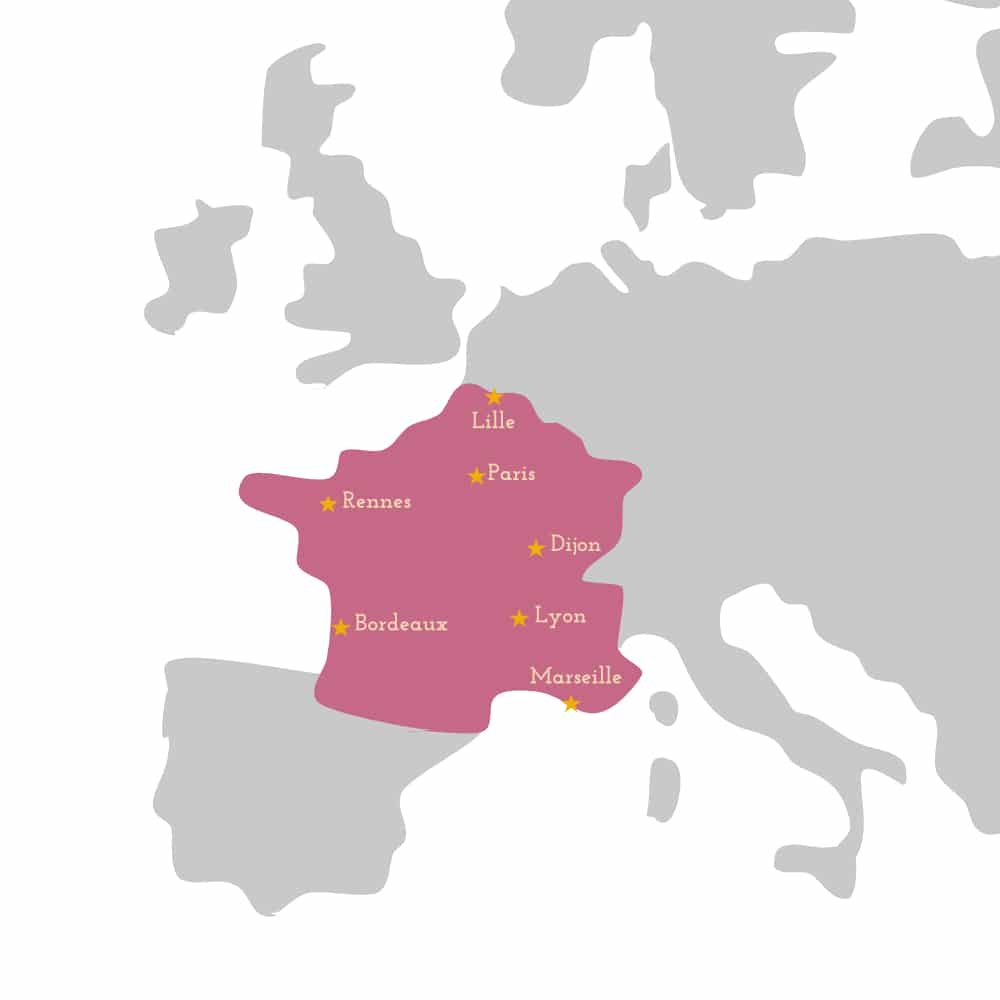
How many days should you spend?
I would recommend spending at least 3 nights in Lyon, including the day you arrive. In addition, if you come in winter, consider extending your trip and going to the nearby French Alps. Some of the best ski resorts in the world are only 2 hours away.
How easy is it getting around?
Lyon has a large public transport system consisting of the metro, la ficelle (cable cars), tram and bus system. It also has a special pass for tourists, called the Lyon City Pass, which includes unlimited public transport, access to several museums and as well as discounts. You can purchase your Lyon City Pass here.
If you don’t feel like navigating the Lyon metro system, there is also a Hop-on Hop-off bus that is a comfortable way of going around to all the major attractions. You can purchase your hop-on hop-off pass here.
Where to stay?
Lyon, like Paris, is a larger city, so there are many places to stay. The most charming area is the medieval quarter of Vieux Lyon (see accommodation in Vieux Lyon). Hotels here will be in older buildings, so you will have to search a bit to find things like parking and swimming pools. I recommend the following:
- €€€ – Le Phénix Hôtel
- €€€€ – MiHotel Vieux Lyon
- €€€€€ – Villa Florentine (modern with spa)
- €€€€€ – Cour des Loges (old world charm)
The most convenient area that is central to in proximity to the major attractions and nightlife is Presqu’Ile (See accommodation in La Presqu’Ile). I would recommend the following:
- €€€ – Hôtel Des Artistes
- €€€€ – Hotel Carlton Lyon MGallery Hotel Collection (traditional)
- €€€€ – Mercure Lyon Centre Beaux-Arts
- €€€€€ – InterContinental Lyon – Hotel Dieu (luxury)

The city of Lyon holds a light festival every year that is very famous across France. Usually in the 1st week of December, over 40 historical monuments, buildings, and squares across the city light up for a spectacular show that attracts millions of visitors.
So if you happen to be visiting France in the winter, plan on making a stop in Lyon during the period. And don’t forget to spare some time for a few day trips from Lyon, as well. A bientôt!




